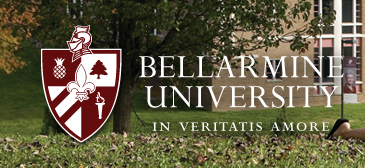Date of Project
4-27-2018
Document Type
Honors Thesis
School Name
College of Arts and Sciences
Department
Biology
Major Advisor
Dr. Mary Huff
Second Advisor
Dr. Steven Wilt
Third Advisor
D. David Robinson
Abstract
Cadmium is a heavy transition metal that causes kidney disease via prolonged, low-level exposure due to circulating metallothioneins. These proteins transport cadmium ions to the proximal convoluted tubule, where they induce the creation of reactive oxygen species (ROS). Oxidative damage from ROS can lead to kidney dysfunction and eventually failure. Previous studies have shown that antioxidants, including quercetin, which is found in most fruits and vegetables, can lessen cadmium-induced toxicity. In this study, human embryonic kidney cells were pretreated for one hour with varying concentrations of quercetin ranging from 10 - 100 μM. This was followed by 24-hour treatment with 30 μM cadmium chloride, and growth was measured by a cell proliferation assay. In contrast to previous reports, these studies suggest that quercetin concentrations above 10 μM result in an increase in cell death, suggesting that quercetin enhances, rather than inhibits, the toxic effect of cadmium within this concentration range. To determine if cadmium toxicity induced cell death through activation of the JNK pathway, the level of JNK phosphorylation was measured by immunoblot analysis. These results suggest that cadmium alone increases JNK phosphorylation slightly while quercetin activates JNK in a concentration-dependent manner. This activation was increased up to thirteenfold when treated with both cadmium and quercetin. Taken together, these studies indicate that cadmium toxicity induces cell death via the JNK pathway, that quercetin above 10 μM also exhibits cytotoxic effects through JNK phosphorylation, and that quercetin and cadmium act synergistically to lower cell proliferation.
Recommended Citation
Dugan, Elizabeth, "Determining the Effects of Quercetin on Cadmium Toxicity in Kidney Cells" (2018). Undergraduate Theses. 27.
https://scholarworks.bellarmine.edu/ugrad_theses/27
